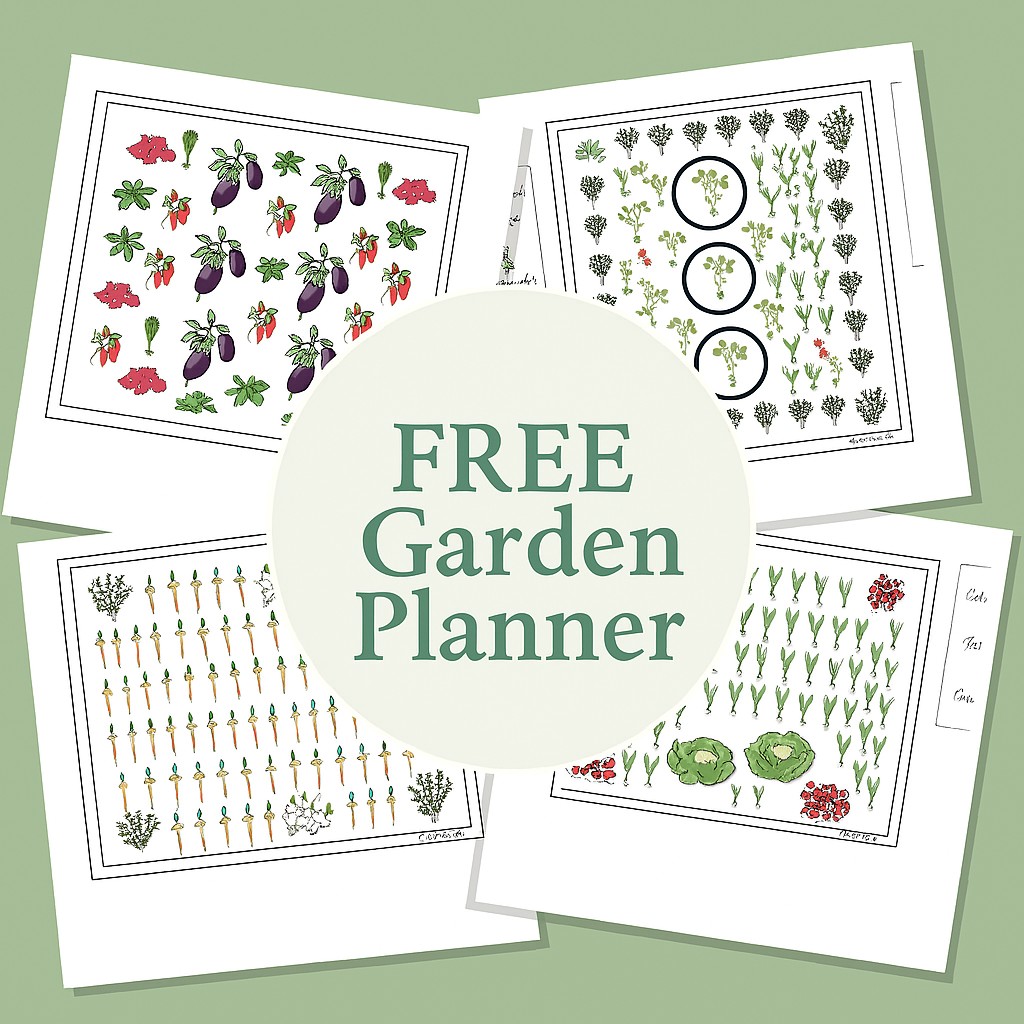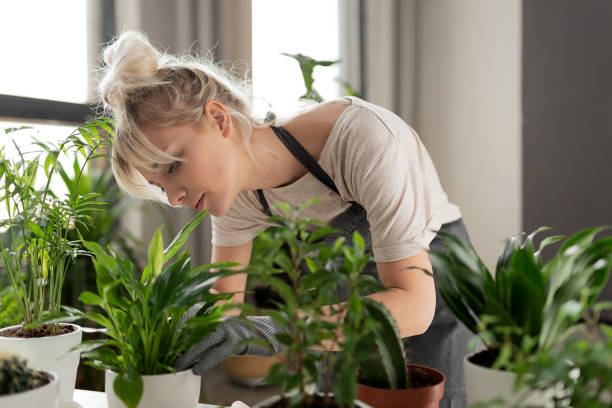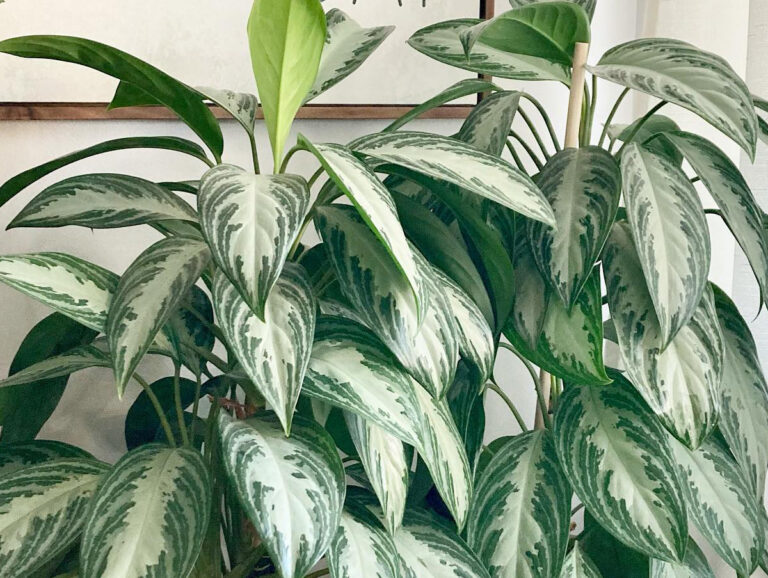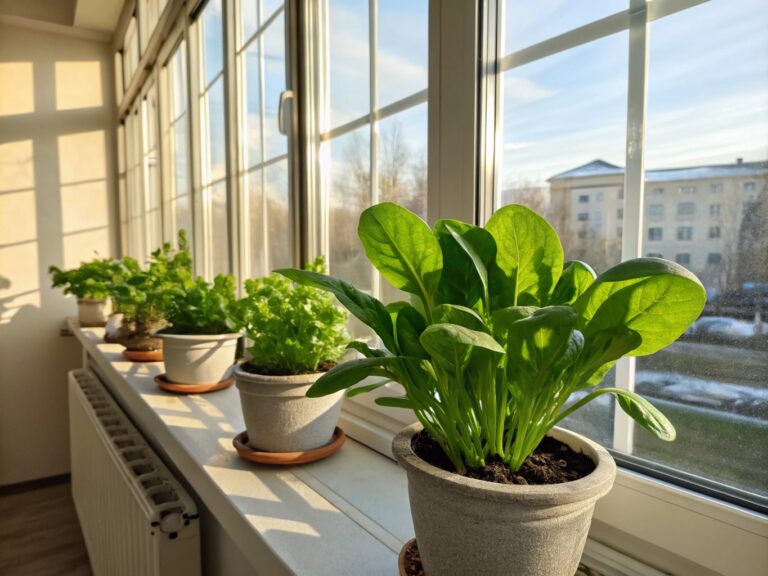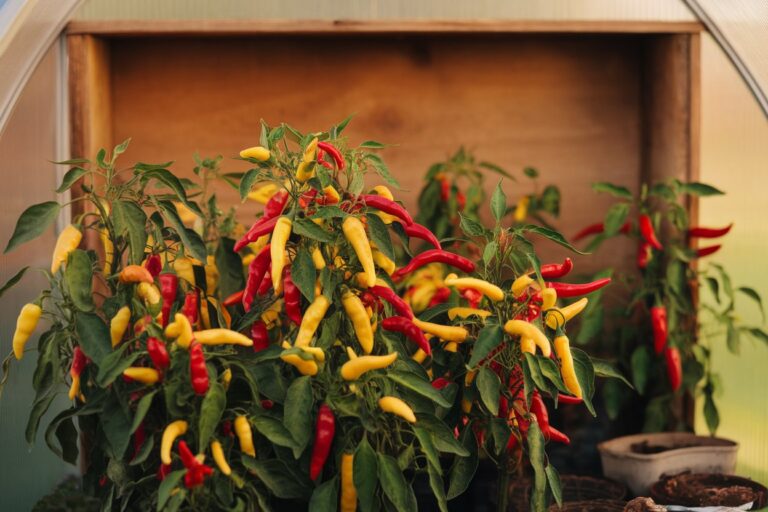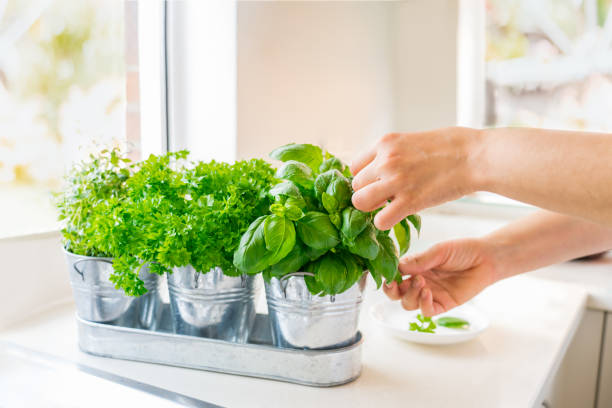How to Grow Lettuce Indoors: Your DIY Winter Guide
Have you ever wondered how to enjoy fresh, crispy lettuce all year long, even in the depths of winter? Growing lettuce indoors is a great way to have a continuous supply of leafy greens without stepping into the cold.
With just a few easy steps and some creativity, you can grow lettuce from seeds, hydroponic systems, or even from kitchen scraps. Here’s a complete guide to show you the way!

Why Grow Lettuce Indoors?
Growing lettuce indoors comes with many perks. Not only do you get to enjoy a fresh, vibrant salad any time of the year, but you can also avoid the unpredictable winter weather that might damage outdoor plants.
Plus, growing indoors means you have full control over the environment — no pests, no frost, and certainly no problems. You don’t need to worry about sudden temperature changes, heavy rains, or unexpected pests eating your crops.
Everything is under your control, making it a much easier and more predictable gardening experience.
Whether you have a greenhouse, a small hydroponic system, or even a DIY setup, there are several ways to get started.
The beauty of growing lettuce indoors is that you can adapt the method to fit your space, budget, and preferences. Let’s dig into how you can get growing!

The Best Ways to Grow Lettuce Indoors
1. Grow from Lettuce Scraps
One of the easiest and most rewarding ways to grow lettuce indoors is to use the scraps from a head of lettuce. Instead of throwing away the bottom stem, save it! Here’s how:
- Take the leftover stem of your lettuce and place it in a shallow bowl of water.
- Keep the bowl on a windowsill where it can get some sunlight.
- Change the water every couple of days, and you’ll soon notice new leaves sprouting from the top.
This method is a great way to reduce waste while also enjoying a fresh, tasty addition to your meals. It’s perfect for those who love a little DIY magic in their kitchen.
Plus, it’s a fantastic way to teach kids about plant regrowth and sustainability. Watching the scraps come to life again can be both educational and exciting for the entire family.
This method works well with a variety of lettuce types, such as romaine or butterhead. Once the new leaves have grown large enough, you can harvest them and use them for salads or garnishes.
You can keep the stem in water and allow it to produce several rounds of leaves before it loses its vitality. It’s an easy and cost-effective way to keep fresh greens in your kitchen.

2. Using Hydroponic Systems
For a more advanced indoor setup, hydroponic systems are an excellent way to grow lettuce.
Hydroponics allows plants to grow in a nutrient-rich water solution without soil, which means faster growth and bigger yields.
This method is ideal if you want to grow a larger quantity of lettuce or if you’re interested in experimenting with modern gardening techniques.
To get started:
- Set up a simple hydroponic system, which can be purchased or made at home with a few DIY components. You can use materials like PVC pipes, plastic tubs, or even recycled bottles to create your system.
- Place your lettuce seeds into a growing medium, such as rock wool or coconut coir, and submerge them into the water reservoir.
- Make sure your system provides enough light, either through natural sunlight or a grow light, to keep your lettuce growing year-round. Grow lights are particularly useful during the winter months when natural light is limited.
Hydroponic systems are efficient, save water, and are a fun challenge for anyone looking to grow more than just the typical potted plants indoors.
They allow for faster growth cycles, meaning you can enjoy fresh lettuce sooner. Plus, hydroponic gardening uses less water than traditional soil-based gardening, making it an environmentally friendly option.
It’s also a clean way to garden, as you won’t need to deal with soil or pests that typically live in the dirt.

3. Grow from Seed Indoors
Growing lettuce from seed is a classic way to grow your indoor garden. It gives you the satisfaction of watching the entire life cycle of the plant, from a tiny seed to a fully grown leafy green. Start by:
- Choosing a shallow container or a small greenhouse setup, perfect for growing indoors. Window boxes or recycled plastic containers work well.
- Fill the container with a good quality potting mix and sprinkle your lettuce seeds evenly across the surface. Make sure to choose a mix that drains well but still retains enough moisture for the seeds to germinate.
- Cover the seeds lightly with a thin layer of soil, then water them gently.
- Keep the soil consistently moist, and ensure the seeds receive enough light to encourage growth. You can use a spray bottle to keep the soil damp without disturbing the seeds.
This method lets you have control from the very beginning, and there’s something truly satisfying about seeing tiny seeds transform into lush lettuce.
You can grow different varieties of lettuce, like leaf lettuce, romaine, or butterhead, depending on your preference. Each variety has its own unique flavor and texture, which makes for an exciting mix in your indoor garden.
If you’re new to gardening, lettuce is a forgiving plant to start with. It germinates quickly, usually within a week, and doesn’t require too much fuss. As the seedlings grow, make sure they have enough room to spread out. You might need to thin them out to prevent overcrowding, which can stunt growth.

Tips for Growing Lettuce Successfully Indoors
- Water Consistently: Lettuce loves moisture, so be sure to keep the soil or hydroponic solution consistently damp. If the soil dries out, the leaves may become bitter or the plant may stop growing altogether. However, avoid overwatering, as waterlogged roots can lead to rot.
- Provide Adequate Light: Winter light might not be enough, so supplement it with grow lights if needed. Lettuce needs around 12-14 hours of light per day for optimal growth. Position your grow lights about 6-12 inches above the plants to provide even coverage.
- Watch the Temperature: Indoor temperatures are often suitable, but avoid placing your lettuce too close to heaters or drafty windows. Ideally, it should be kept between 60-70°F (15-21°C). Extreme temperatures can slow growth or cause the plant to bolt, which means it will produce flowers and become inedible.
- Harvest Frequently: Harvesting your lettuce regularly encourages new growth. You can start harvesting once the leaves are large enough to eat, typically around four weeks after planting. Pick the outer leaves and let the inner ones continue to grow for a continuous harvest.
The Year-Round Greenhouse Option
If you want to take it a step further, setting up a small indoor greenhouse is a fantastic way to grow lettuce during the winter.
A DIY greenhouse could be as simple as a plastic storage container or shelving with clear plastic covers to create a warm, humid environment ideal for growing lettuce.
Greenhouses help protect seedlings from drafts and create a stable environment, which is especially useful in winter when indoor conditions can vary. They provide an extra layer of warmth and humidity, which lettuce loves. Plus, they’re a great way to feel connected to your garden all year long.
You can buy mini greenhouses that fit on a windowsill or even build one yourself with items you have around the house.
By creating this controlled environment, you can extend your growing season and enjoy fresh lettuce even when it’s snowing outside. It’s also a great way to start other vegetables or herbs that need a bit more warmth and care.

From Winter to Year-Round Harvests
Growing lettuce indoors can be incredibly rewarding and is easier than you might think. Whether you start from scraps, seeds, or invest in a hydroponic system, the possibilities are endless.
Growing indoors gives you flexibility and the joy of having fresh greens at your fingertips. It’s a great way to bring some green life into your home and enjoy fresh, homegrown food all year long.
Indoor gardening also adds a touch of nature to your home decor, making your space feel more vibrant and alive. Plus, tending to your indoor garden can be a calming and therapeutic activity, especially during the darker winter months.
So, what are you waiting for? Grab those lettuce scraps, pick up some seeds, or start designing your very own DIY hydroponic system.
The journey to growing your own food indoors is a fun and delicious way to beat the winter blues. With a little effort and creativity, you can enjoy fresh, healthy lettuce all year round, right from the comfort of your home.
Whether you’re a seasoned gardener or just starting out, indoor lettuce growing is a fantastic project to try.
